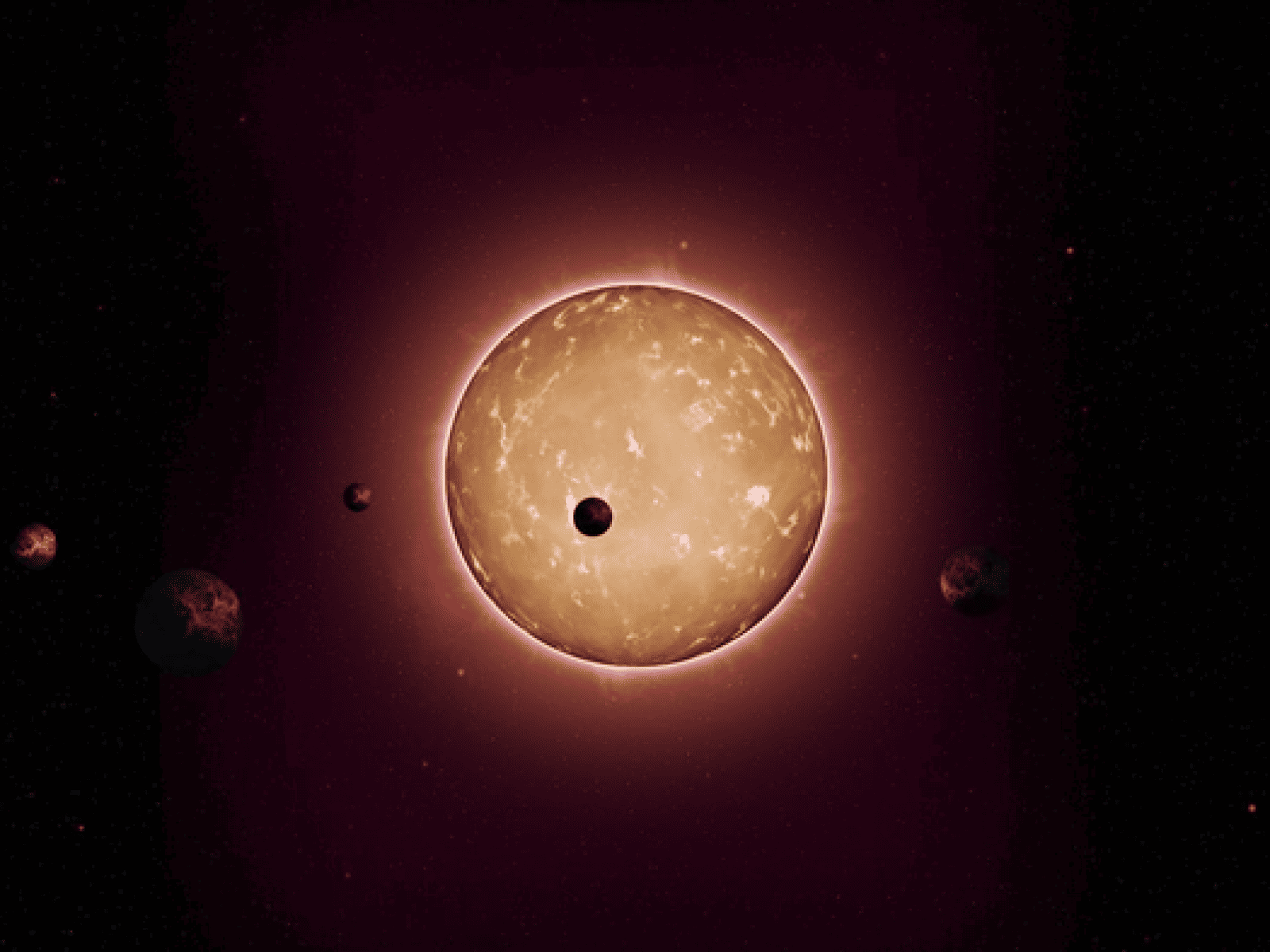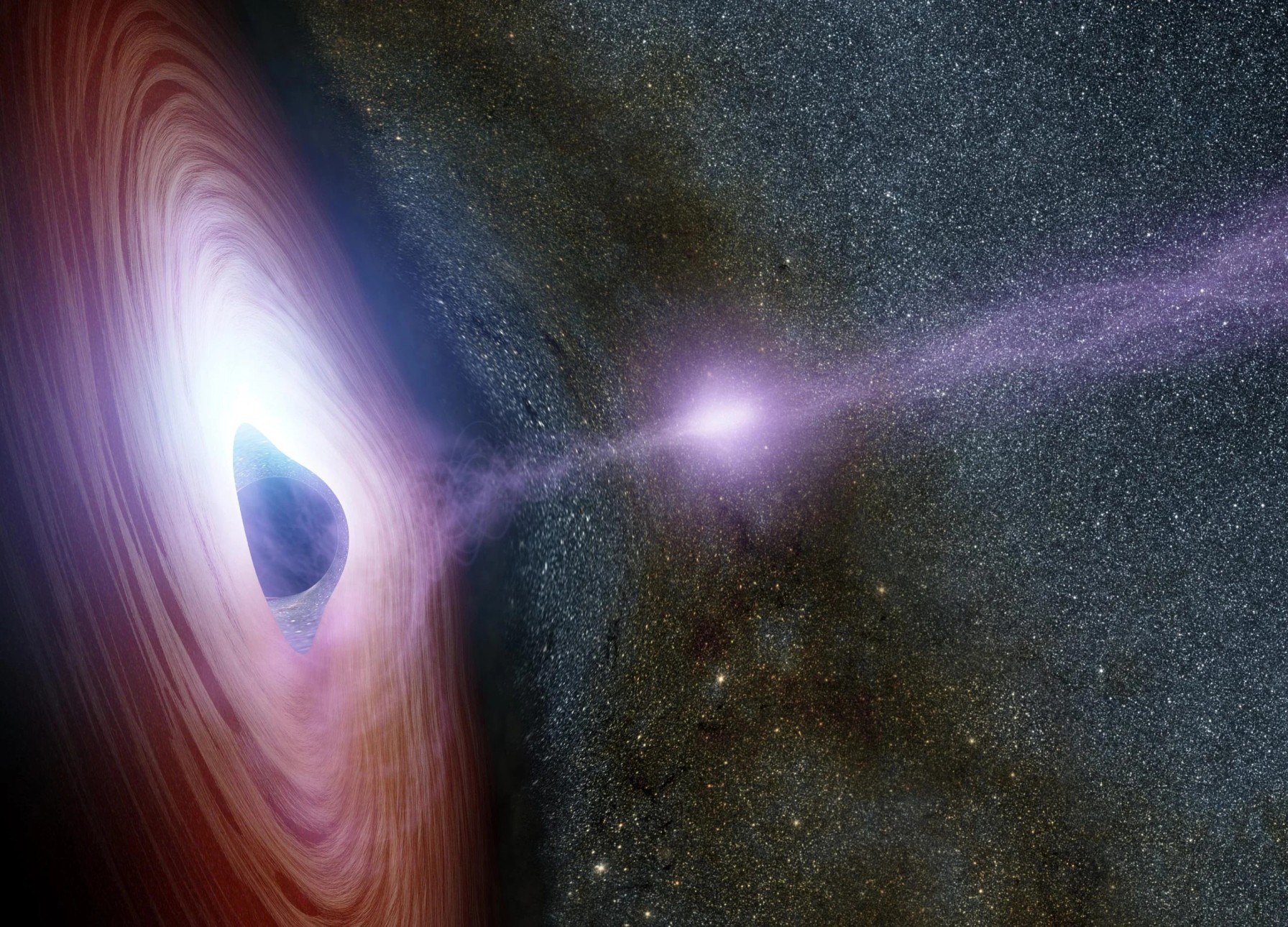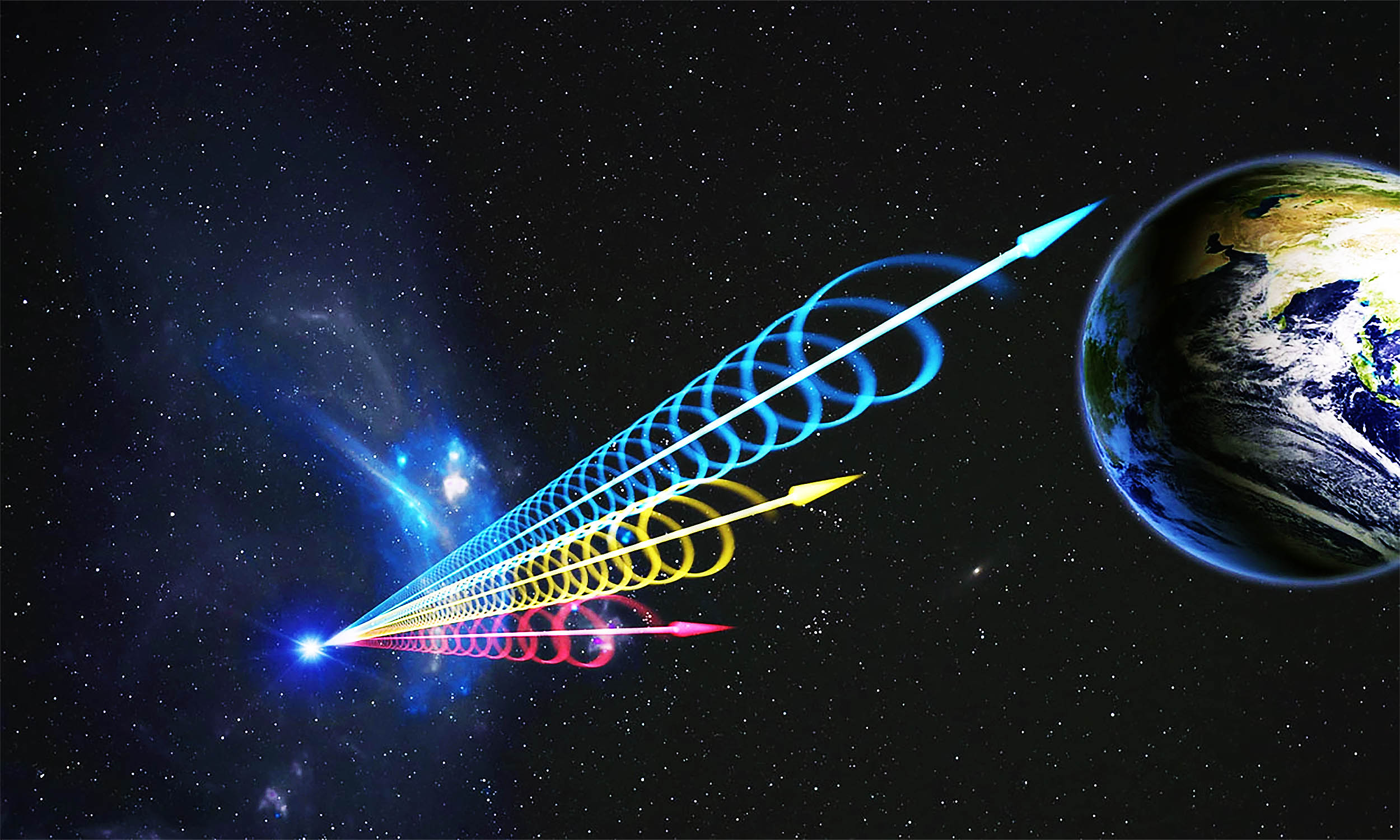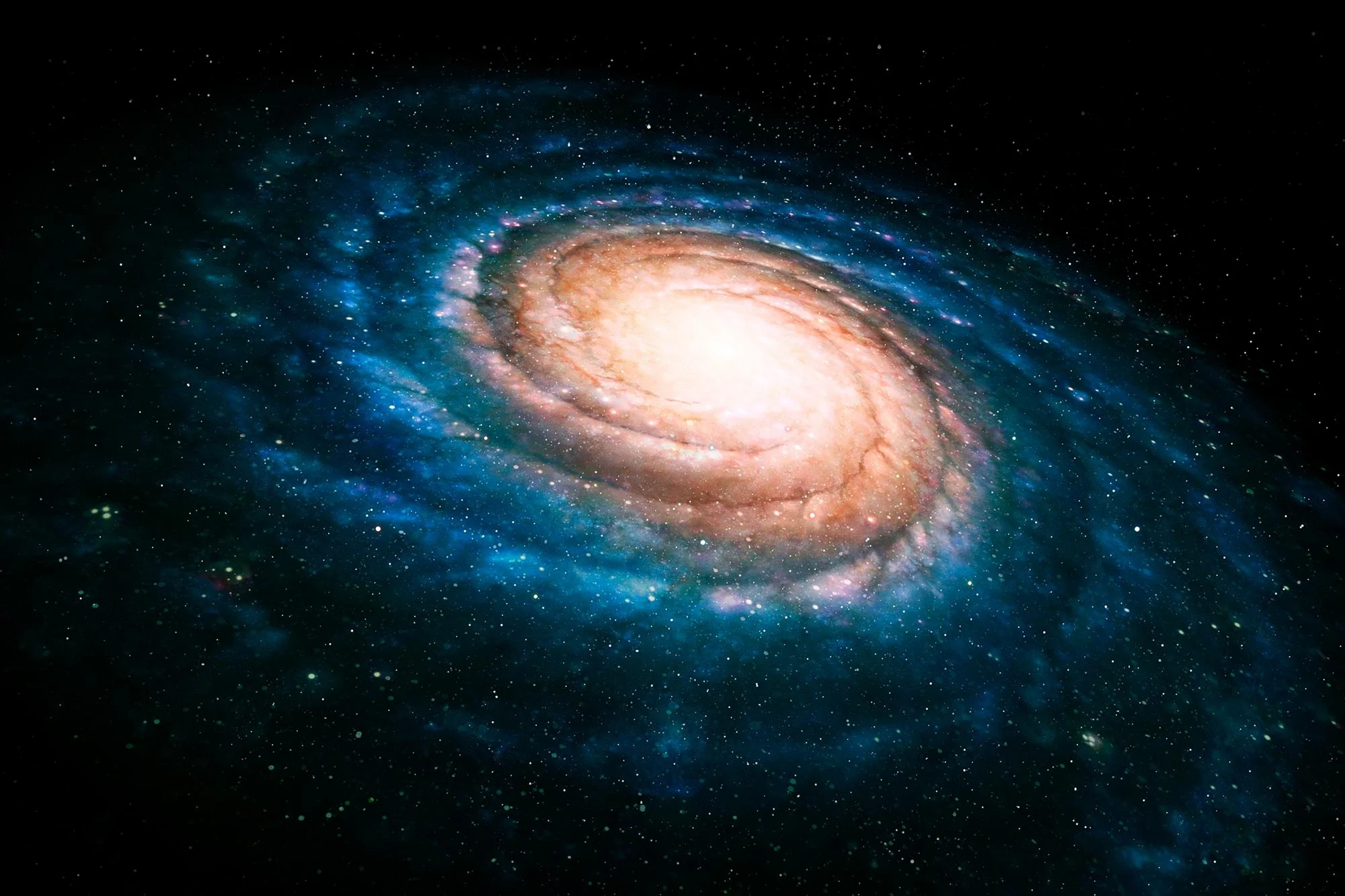Two Earth-sized planets were found just 33 light-years away—our galactic neighbors!
Key Takeaways
- Astronomers have discovered a multiplanet system only 33 light-years from Earth, making it one of the closest known systems.
- The system’s star, HD 260655, hosts at least two rocky, Earth-sized planets with tight orbits.
- These planets, HD 260655b and HD 260655c, have densities suggesting a rocky composition but are too hot for liquid water.
- The brightness and proximity of HD 260655 provide ideal conditions for studying planetary atmospheres.
- Collaborative efforts and data from TESS, HIRES, and CARMENES allowed scientists to confirm the planets quickly.
__________
A Neighboring Planetary Discovery
Astronomers at MIT and other institutions have discovered a multiplanet system just 33 light-years from Earth. This remarkable find involves two Earth-sized planets orbiting a small M-dwarf star named HD 260655. Despite their rocky nature, these planets are unlikely to host life due to their extreme surface temperatures caused by close orbits.
The star system was first identified using NASA’s Transiting Exoplanet Survey Satellite (TESS), which detected periodic dips in the star’s brightness, indicative of planetary transits. This discovery marks one of the closest multiplanet systems ever identified, offering a unique opportunity to study planetary atmospheres thanks to the star’s brightness and proximity.
Rapid Confirmation Through Collaboration
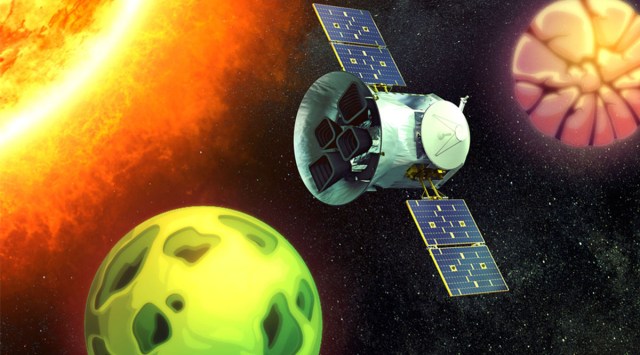
Typically, confirming exoplanet discoveries can take years, but researchers accelerated the process by utilizing archival data from HIRES at Keck Observatory and CARMENES at Calar Alto Observatory. These datasets allowed the team to measure the star’s radial velocity, which showed clear evidence of gravitational wobbles caused by orbiting planets.
HD 260655b, the inner planet, has an orbital period of 2.8 days and a mass about twice that of Earth. HD 260655c, the outer planet, orbits in 5.7 days and is roughly three times as massive as Earth. Both planets have densities consistent with rocky compositions, but their short orbits expose them to surface temperatures of 710 K (818°F) and 560 K (548°F), respectively, rendering them too hot for liquid water.
Implications and Future Research
Despite their inhospitable nature, the planets are valuable for atmospheric studies. Michelle Kunimoto, an MIT researcher and one of the study’s lead scientists, emphasized their potential for exploring volatile-rich atmospheres and carbon-based molecules. With the possibility of additional planets in the system, researchers hope future observations may reveal one in the habitable zone.
This discovery, supported by NASA and other international organizations, underscores the power of collaboration in accelerating scientific breakthroughs.
